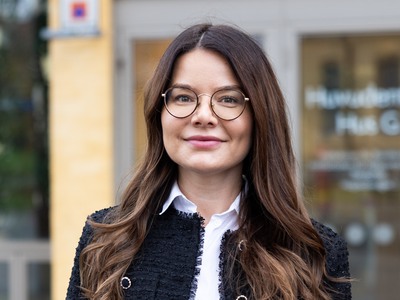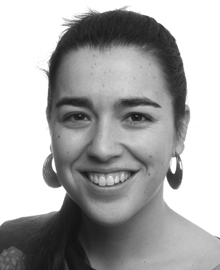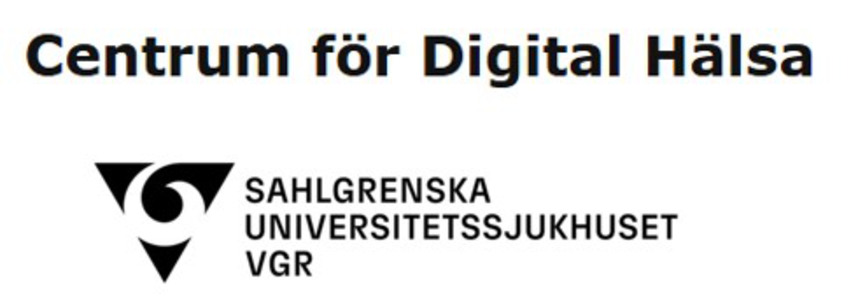When patients track their own health such as blood pressure, weight, or general well-being using digital tools, this is referred to as remote monitoring technologies. These technologies are highlighted as an important component in the transition toward more accessible, integrated, and person-centred care. However, we still know relatively little about how they are experienced in practice. This project aims to change that by gathering experiences from patients, family members, healthcare professionals, and managers. The goal is to develop recommendations that ensure remote monitoring technologies become a safe, effective, and valuable support in the development of future healthcare.

"By developing recommendations based on collected experiences, the project aims to support organisations in implementing remote monitoring technologies in line with the principles of Nära vård. The objective is to broaden access to the technology while minimising risks for both patients and staff."
Hanife Rexhepi, Associate Professor of Informatics
Sweden is currently transforming its healthcare system towards Nära vård, a model aimed at delivering more person-centred, coordinated, proactive and health-promoting care.
Remote monitoring technologies (RMTs) are emerging as a cornerstone of this transformation. By enabling patients to collect and transmit health data from home using devices such as blood pressure monitors, scales or wearables, RMTs support continuous monitoring and earlier clinical interventions.
They hold particular promise for individuals with chronic conditions, where they may strengthen self-care, reduce hospitalisations and improve continuity of care.
What are the effects of remote monitoring technologies?
Despite rapid expansion, however, there remains limited knowledge about the actual impact of RMTs: on patients, family members, healthcare professionals and the overall quality and organisation of care.
This project seeks to address this knowledge gap. By gathering empirical data from those who use and work with RMTs in everyday practice - patients, relatives, clinicians and managers - we aim to develop a comprehensive understanding of the opportunities, challenges and risks associated with their implementation and use.
Evidence-based recommendations
Drawing on these insights, the project will generate evidence-based recommendations to support healthcare organisations in introducing RMTs in ways that facilitate, rather than hinder, the ongoing transition to Nära vård.
The recommendations will also address how RMTs can be effectively integrated into existing clinical workflows, thereby enhancing usability for staff. Another central part is to examine the perspectives of patients and their families.
We will investigate how RMTs may enhance perceptions of safety, strengthen self-management and foster greater involvement in decisions about one’s own health, while simultaneously mitigating risks such as digital exclusion, technical barriers and reduced personal contact with healthcare professionals.
Consequently, the recommendations will not only consider the technology itself but also the organisational structures and support systems required to ensure that more patients can benefit from RMTs in a safe, equitable and meaningful manner.
Supporting the shift to Nära vård
The overarching aim of the project is clear: RMTs should contribute to - rather than hinder - the shift towards Nära vård, enabling healthcare to become more accessible, connected and responsive to people’s everyday lives and needs.
Research partners
- Peter Lundgren, Centrum för Digital Hälsa (In Swedish), Sahlgrenska University Hospital
- Jonas Moll, Örebro Universitet




